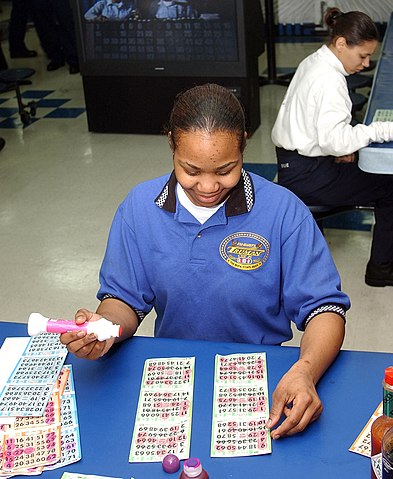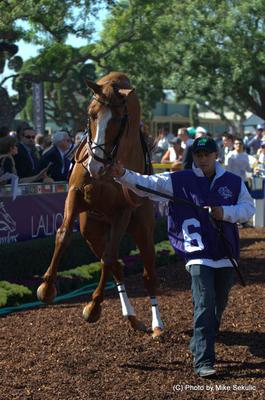What Is A Gaming Skin?
 What Is A Gaming Skin:The Answer
What Is A Gaming Skin:The AnswerSkins in Gaming and How They Work
Individuals familiar with the gaming community frequently encounter the term "skins" but what exactly does this terminology signify?
In the realm of gaming, a skin refers to a downloadable graphic that alters the visual appearance of characters within a specific video game and it's important to note that these skins are primarily cosmetic and typically do not enhance the character's abilities or influence the game's outcome.
CS:GO stands out as a game that places significant emphasis on the concept of skins as players engage in activities such as purchasing, trading and actively seeking out skins, often in a manner that seems almost detached from the core gameplay itself. In this article, you can find an explanation of this and an analysis of how these skins work.
What is a gaming skin and the game that made them popular
As mentioned in the introduction, one of the video games that popularized skins is Counter-Strike: Global Offensive. This famous shooter game is one of the main venues for skins, as one of the main features of this game is to buy weapons and skins with unique textures and colors.
Interestingly enough, there are more skins in CSGO than in any other game on the market, which you can explore on websites such as csgoluck.com, and they became so popular as to initiate a whole different field of the market.
This field of the industry became so popular that people nowadays can even bet on CSGO skins, instead of real currencies because the value of these aesthetic objects gained monetary value throughout time.
Some of these skins have hidden meanings as well, because the texture, color, and material can signify a specific trait of the character. Toxic tones, for example, hint at the fact that the player has been tested in battle, and passed many difficult challenges.
Not everyone gains them through gaming effort, though, as many people simply buy them online. You can get to know more about this matter in the next section.
 Gaming Skins
Gaming SkinsWhy Do People Buy Skins in Gaming?
Skins can be applied to different weapons, and they are there to change the way a specific character looks. This practice enhances the gameplay experience, and it adds a layer of aesthetic appeal to the gameplay itself.
Many people understand this, but not as many people understand why gamers would spend real money on something that not only can be used uniquely within the game, but also on something that has no actual impact on how the game will end.
In other words, spending money on virtual items can seem rather bizarre to some people out there, even though, at this point in time, it is a rather common practice in the world of gaming.
People actively involved in the industry, such as gamers and game developers, talk about the feel-good factor, which simply means that if you like something, you will buy it.
The fact that something is not quite physical makes no difference in the world of gaming. Now that this matter has been explained let’s move toward the most interesting aspect of skins: skin gambling.
The Skin Gambling Industry
Skin gambling is a rather ominous name for something as innocuous as using virtual suits and weapon decorations as currencies within the world of gambling.
Normally, this practice is defined as the use of virtual goods as a virtual currency to bet on the outcome of professional matches or other games of chance.
These items were introduced, at least in CSGO, back in 2013, with the aim of unifying and creating a bigger player community.
Initially, these skins also had a practical role in the game, as they worked as camouflage to help players hide on maps, but after some time, the game developers found out that players were actually more interested in bright and colorful skins, which made their weapons look very similar to paintball guns.
These skins could be displayed as a type of trophy, and it did not take long before an actual market value was added to these skins.
They were even described in terms of investment, which would retain nominal value even after the player stopped engaging with the game.
Certain skins are harder than others, and because of that, they became highly sought-after, by many players. Consequently, they became a form of virtual currency, with a value equivalent to thousands of United States Dollars.
This matter was exacerbated even further by the fact that the game started giving out “weapon cases,” which contained an unknown skin.
These cases had to be purchased together with a key, which cost more than the most common skins in the game. Because of this discrepancy in price, they became part of the virtual currency in CSGO.
Nowadays, people buy and sell skins as a separate matter from the actual gaming achievements in CSGO, but as a matter of style, aesthetics, and even status due to the link to a real monetary value.
In Conclusion
The question "What is a gaming skin?" unravels a captivating narrative that extends beyond mere pixels on a screen. From Counter-Strike: Global Offensive's inception to the vibrant present, these virtual aesthetics have transformed into more than cosmetic embellishments—they embody a culture, a market, and a digital economy.
CS:GO's skins, once a simple feature, now stand as symbols of individuality, status, and even investment within the gaming realm. As players engage in skin trading, aesthetic choices shape not only their in-game experiences but also contribute to a dynamic marketplace where virtual items hold real-world significance.
The journey through the world of gaming skins is a testament to the evolving landscape where pixels meet profound player experiences and economic realities.

You Might Like These
Kentucky Derby Odds: Will there be a hometown favorite?
Preakness Stakes Odds: Will the champions face fresh challengers?
Belmont Stakes Odds: At 1½ miles, stamina becomes the great equalizer as longshots can threaten.
Breeders' Cup Odds: International talent collides with American speed, reshuffling expectations across the board.
Dubai World Cup Odds: Under desert lights, can a Japanese sensation prevail against the world's elite.
Pegasus Cup Odds: Retirement beckons for champions seeking one final payday at America's richest race.
Bet on Horses: Every wager tells a story of hope against mathematical probability.
Kentucky Derby Betting: Beneath fancy hats and mint juleps, fortunes change hands with each thundering hoof.
Preakness Stakes Betting: The middle jewel rewards those who recognize when Derby form holds true.
Belmont Stakes Betting: Distance separates champions from pretenders when the final furlong tests them all.
Breeders Cup Betting: Global racing converges for two days where value hides in plain sight.

Returns Policy: Once a customer has agreed to pay for a product or service no returns will be permitted or payments returned.
All PayPal transactions are subject to the PayPal Privacy Policy
Privacy Policy: Personal details provided to this site by an individual may be shared with third parties unless requested otherwise.
Above policies updated 15 March 2018





